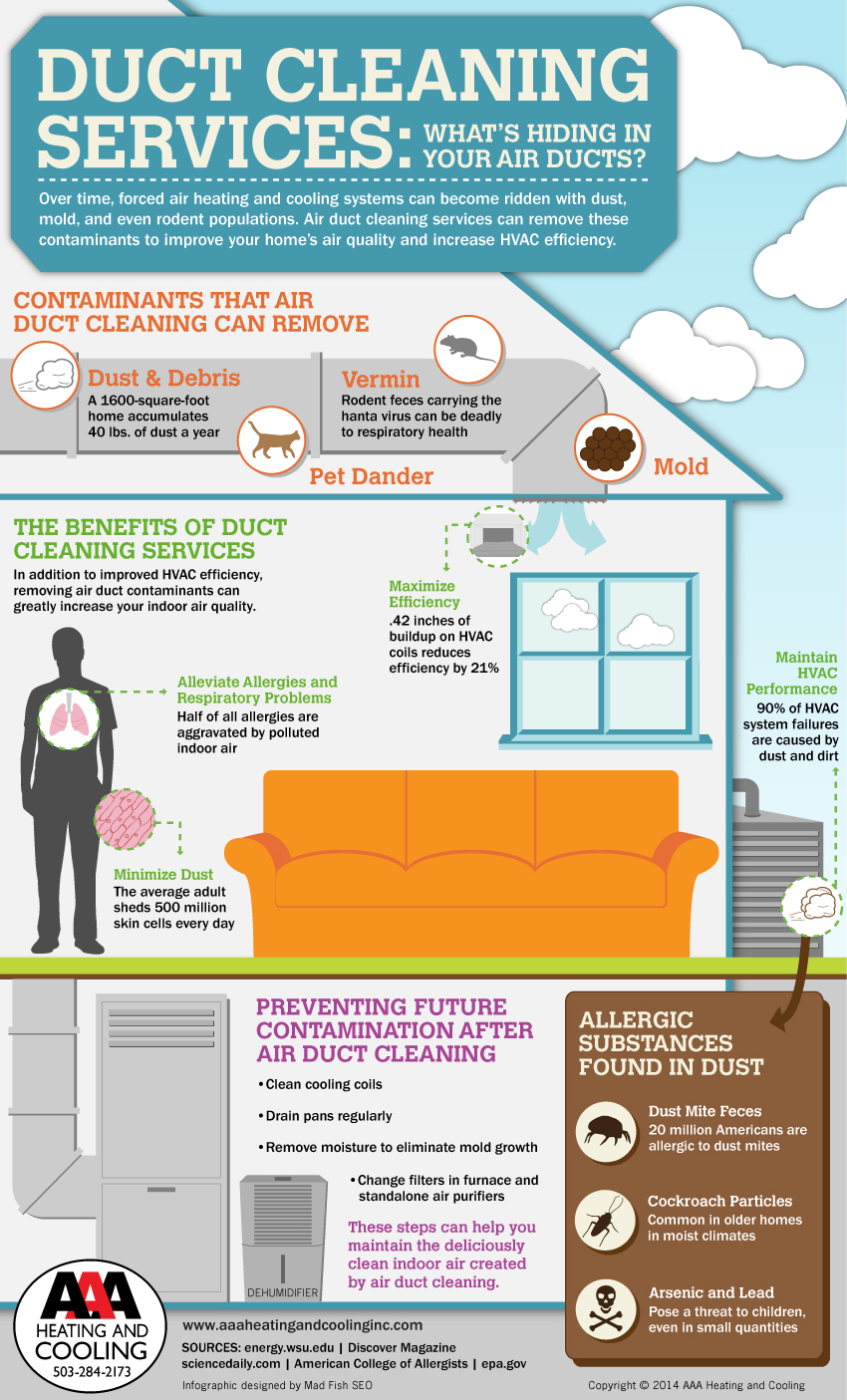The Future Of Home Home Heating - Just How Heatpump Innovation Is Evolving
The Future Of Home Home Heating - Just How Heatpump Innovation Is Evolving
Blog Article
Created By-Fraser Ringgaard
Heatpump will certainly be an essential innovation for decarbonising home heating. In home air conditioning system with federal governments' introduced energy and environment dedications, their international capacity doubles by 2030, while their share in heating rises to one-quarter.
They function best in well-insulated homes and rely on electricity, which can be provided from an eco-friendly power grid. Technological developments are making them extra effective, smarter and cheaper.
Fuel Cells
Heat pumps make use of a compressor, refrigerant, coils and followers to move the air and warm in homes and home appliances. They can be powered by solar energy or power from the grid. They have been obtaining appeal due to their affordable, silent procedure and the capacity to produce electrical power throughout peak power demand.
Some business, like IdaTech and BG MicroGen, are working with fuel cells for home heating. These microgenerators can change a gas boiler and generate a few of a house's electric demands with a connection to the power grid for the remainder.
However there are factors to be hesitant of using hydrogen for home heating, Rosenow claims. It would be expensive and inefficient compared to other technologies, and it would include in carbon emissions.
Smart and Connected Technologies
Smart home technology allows home owners to connect and manage their devices remotely with making use of smart device apps. For example, smart thermostats can learn your heating preferences and instantly get used to maximize power usage. Smart illumination systems can be controlled with voice commands and automatically shut off lights when you leave the space, lowering energy waste. And clever plugs can keep an eye on and manage your electric use, permitting you to recognize and restrict energy-hungry appliances.
The tech-savvy home shown in Carina's interview is an excellent picture of exactly how residents reconfigure area home heating methods in the light of brand-new smart home innovations. They depend on the tools' automatic functions to execute day-to-day adjustments and concern them as a hassle-free means of performing their home heating methods. Thus, they see no reason to adapt their practices better in order to allow versatility in their home power demand, and treatments focusing on doing so might deal with resistance from these homes.
Power
Because heating up homes accounts for 13% of US discharges, a switch to cleaner options might make a huge distinction. However the modern technology deals with obstacles: It's pricey and requires considerable home restorations. And it's not always suitable with renewable energy resources, such as solar and wind.
Until just recently, electrical heatpump were too expensive to compete with gas models in most markets. But brand-new innovations in design and materials are making them extra economical. And much better chilly environment efficiency is allowing them to function well even in subzero temperatures.
The next step in decarbonising heating might be the use of heat networks, which attract warmth from a central resource, such as a nearby river or sea inlet, and disperse it to a network of homes or structures. just click the next site would minimize carbon exhausts and enable houses to make use of renewable energy, such as green electrical energy from a grid provided by renewables. This choice would be much less costly than changing to hydrogen, a nonrenewable fuel source that requires brand-new facilities and would just minimize CO2 emissions by 5 percent if coupled with enhanced home insulation.
Renewable resource
As electrical power prices drop, we're beginning to see the same pattern in home heating that has actually driven electric cars and trucks right into the mainstream-- yet at an also faster pace. The solid environment instance for electrifying homes has been pushed further by new study.
Renewables represent a significant share of modern warm consumption, however have actually been given limited policy attention internationally compared to other end-use industries-- and even less focus than electrical power has. Partially, this reflects a mix of consumer inertia, divided rewards and, in several nations, subsidies for nonrenewable fuel sources.
New innovations might make the shift easier. For example, heat pumps can be made much more energy reliable by changing old R-22 refrigerants with new ones that don't have the high GWPs of their predecessors. Some professionals likewise picture district systems that draw heat from a nearby river or sea inlet, like a Norwegian arm. The cozy water can after that be made use of for cooling and heating in a community.